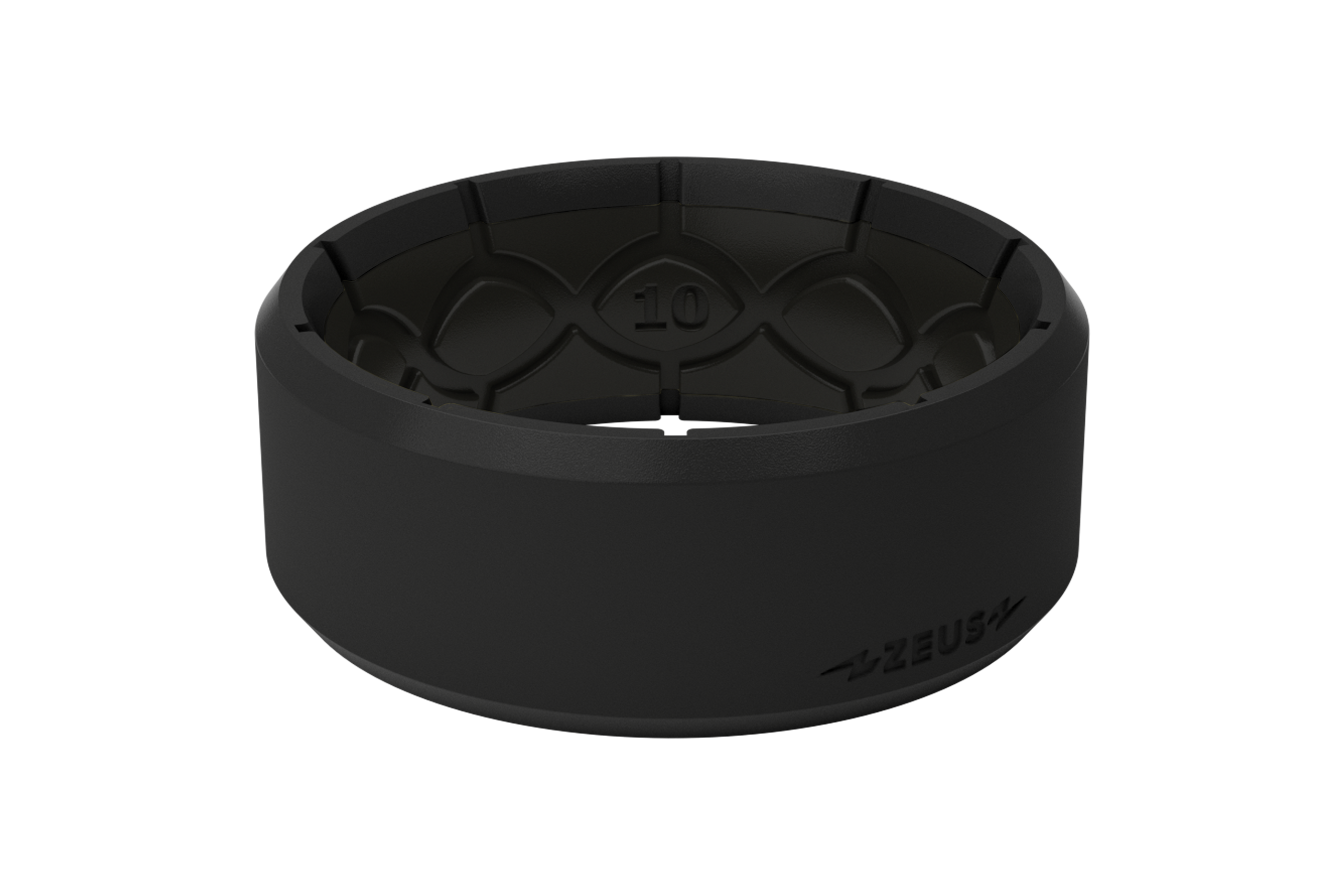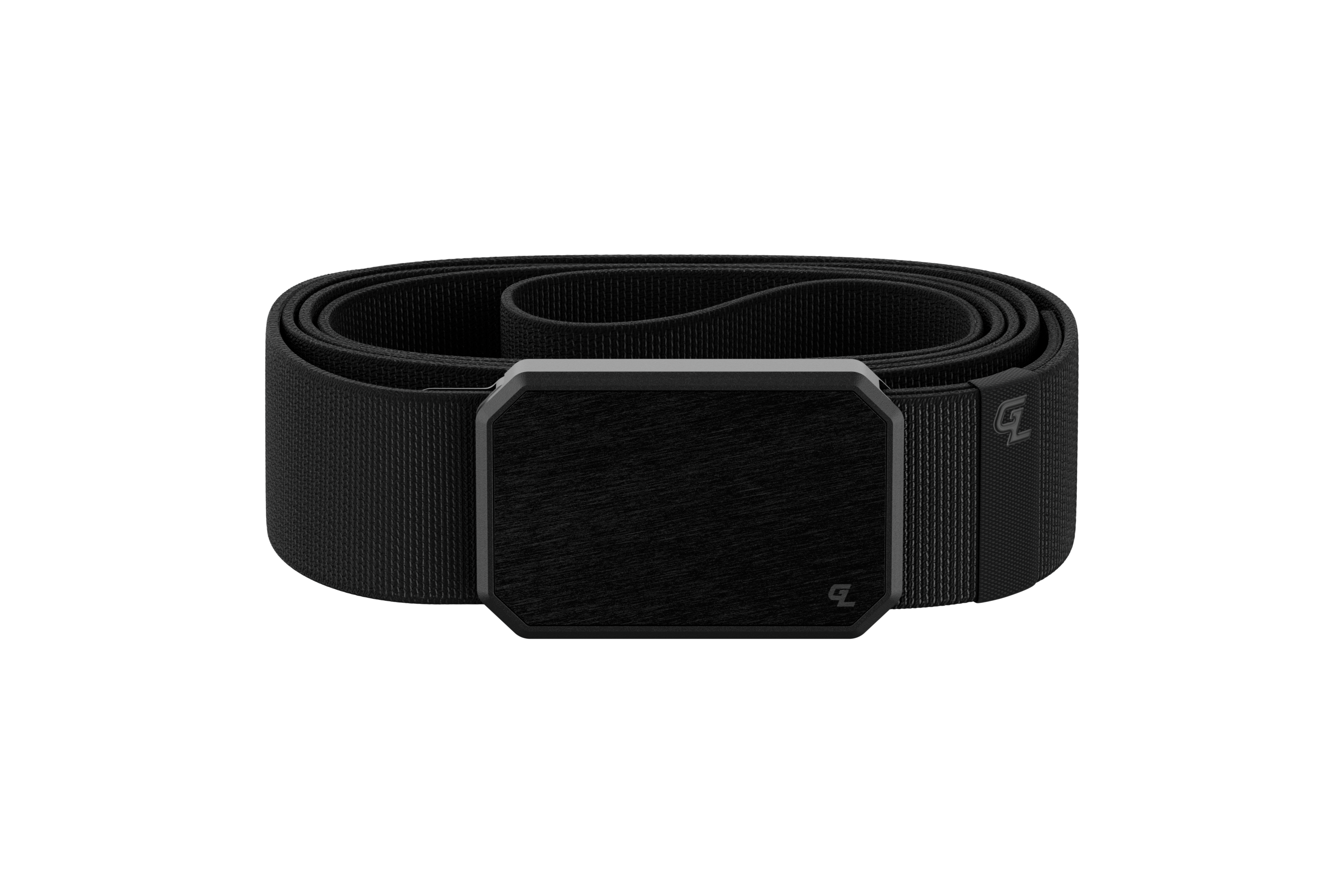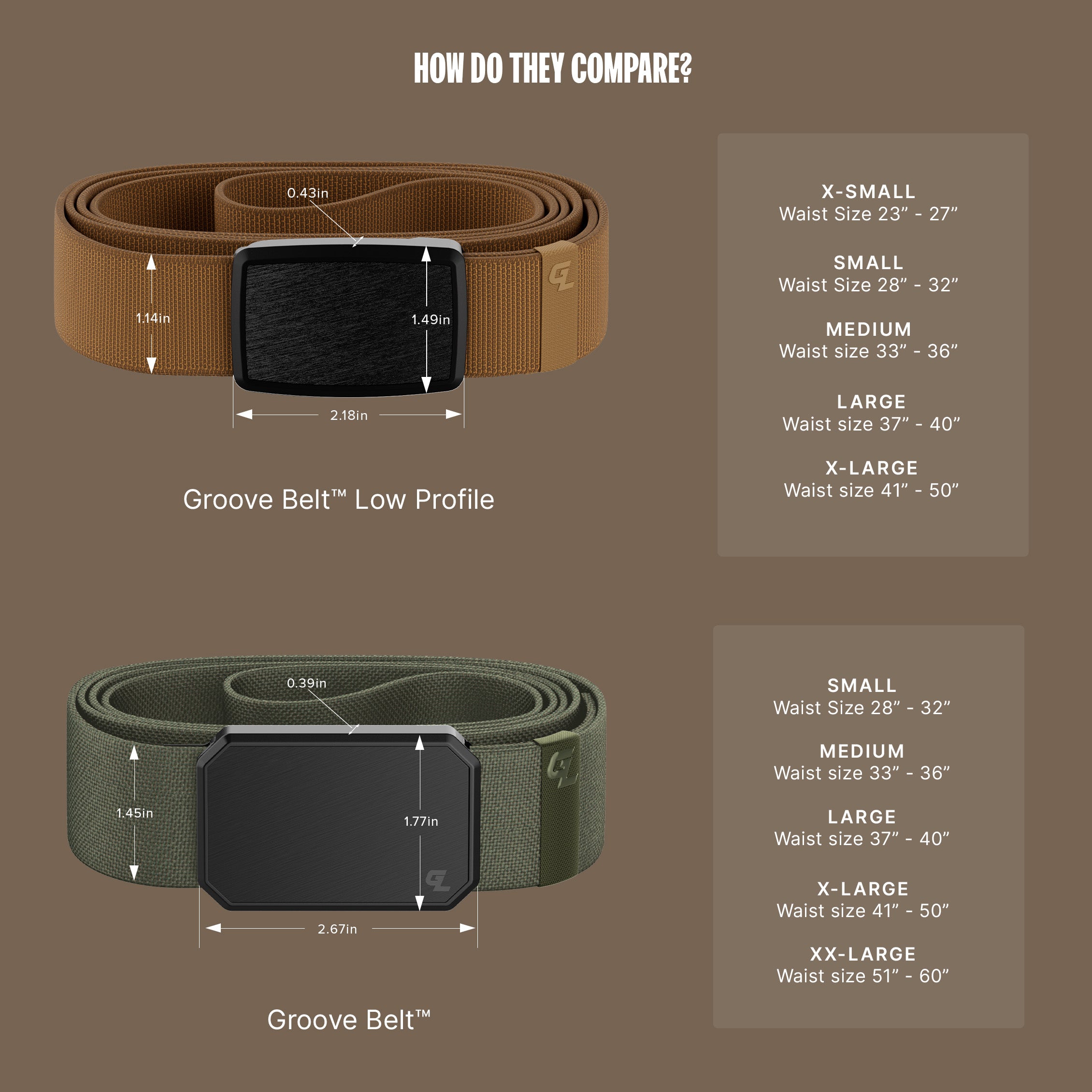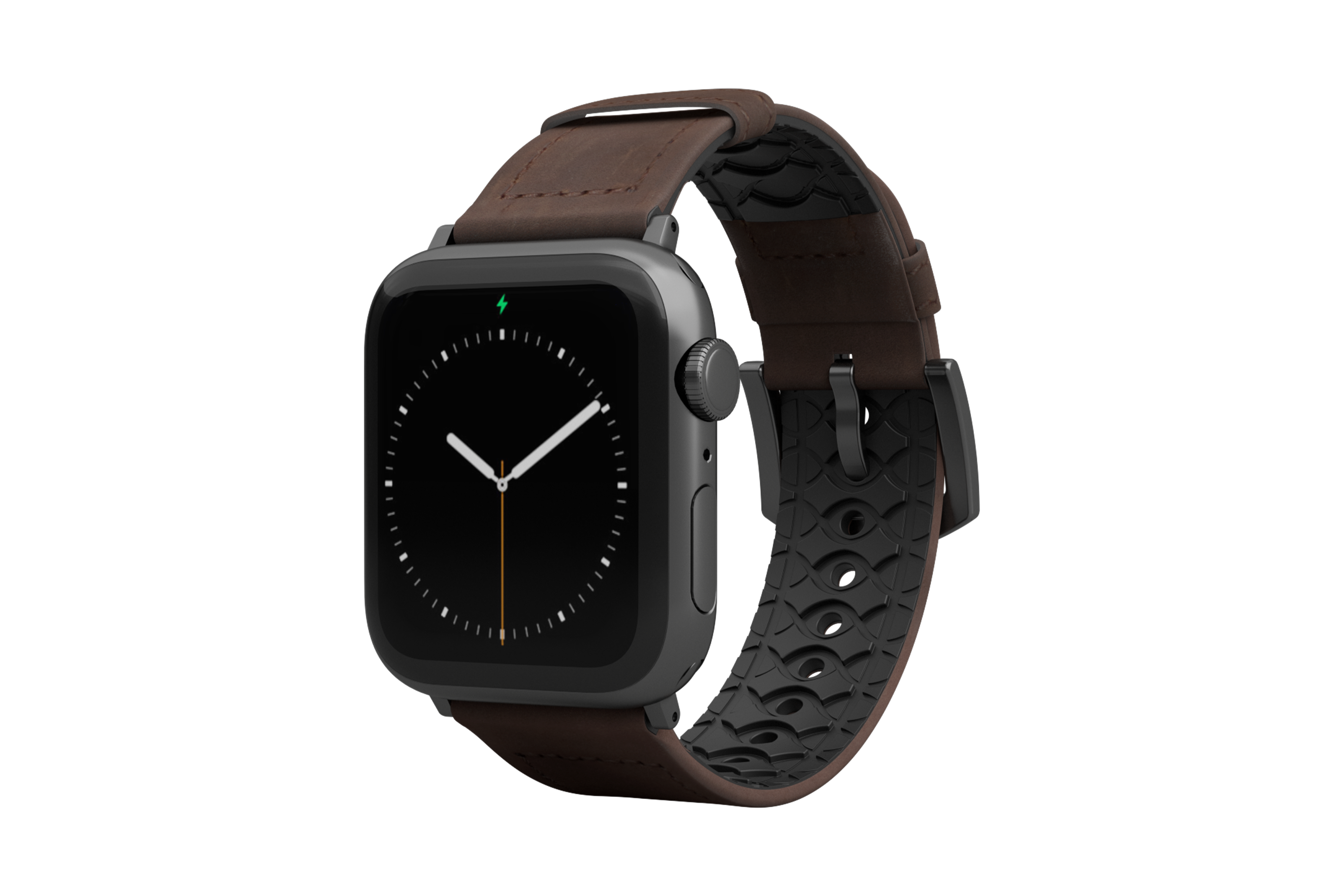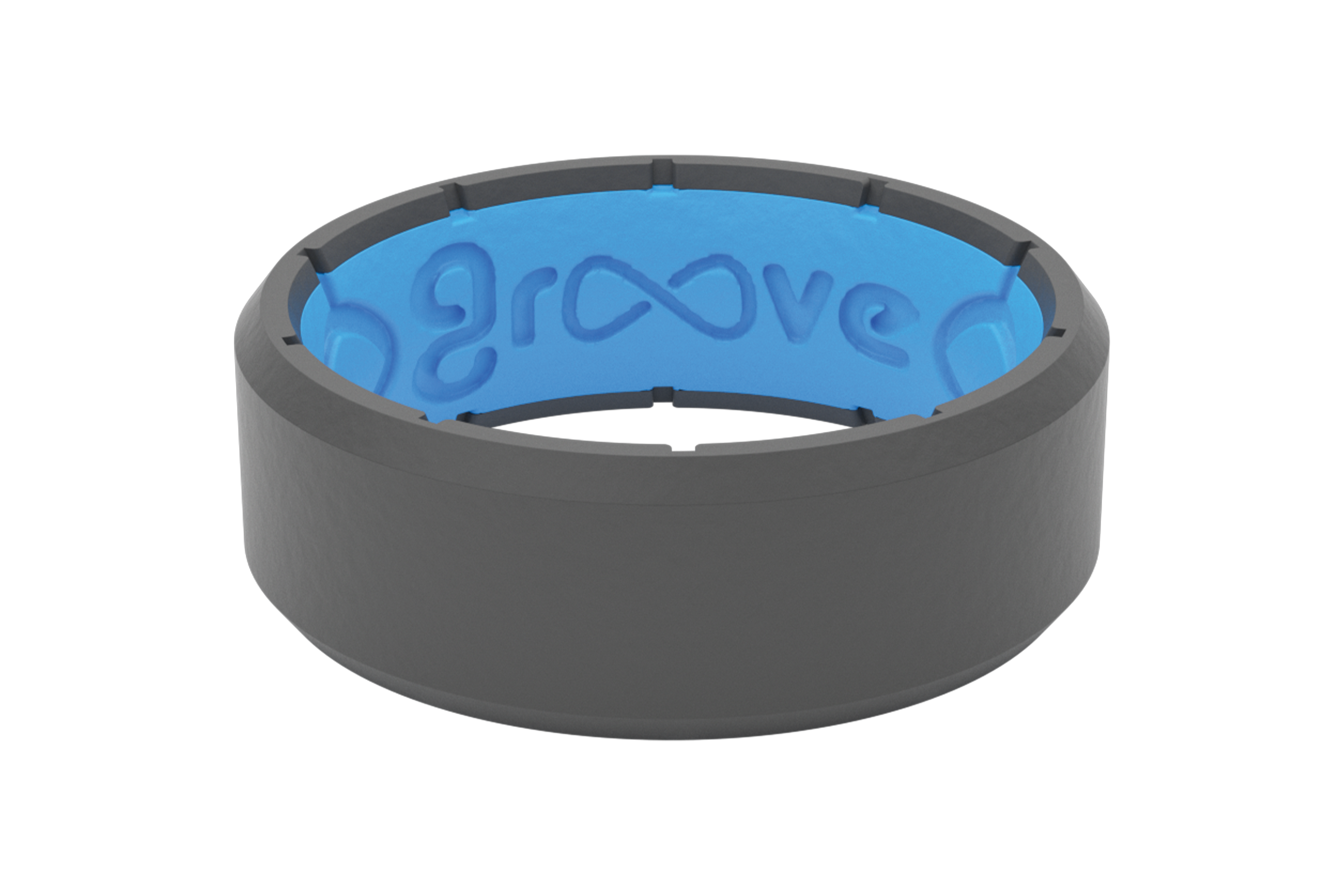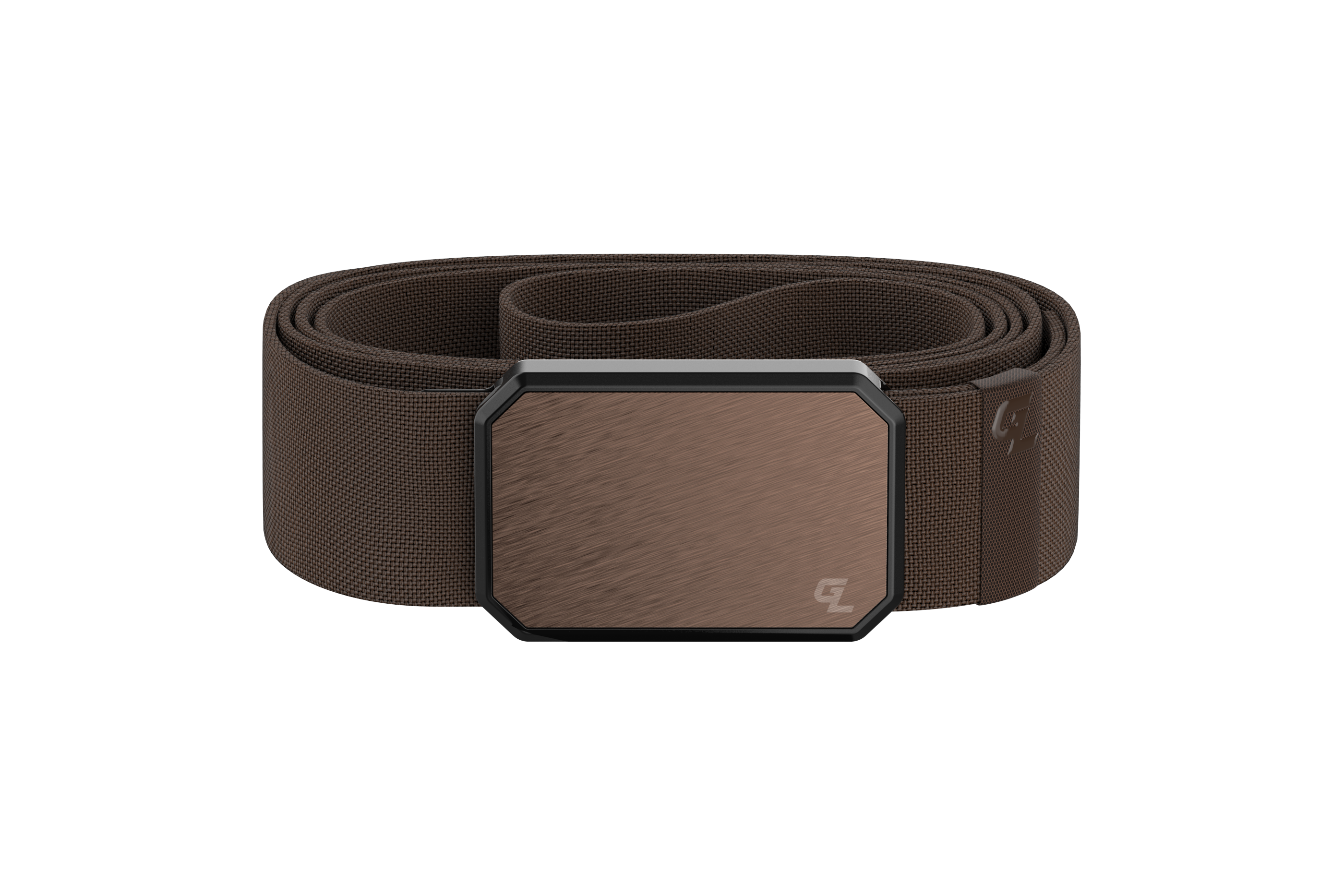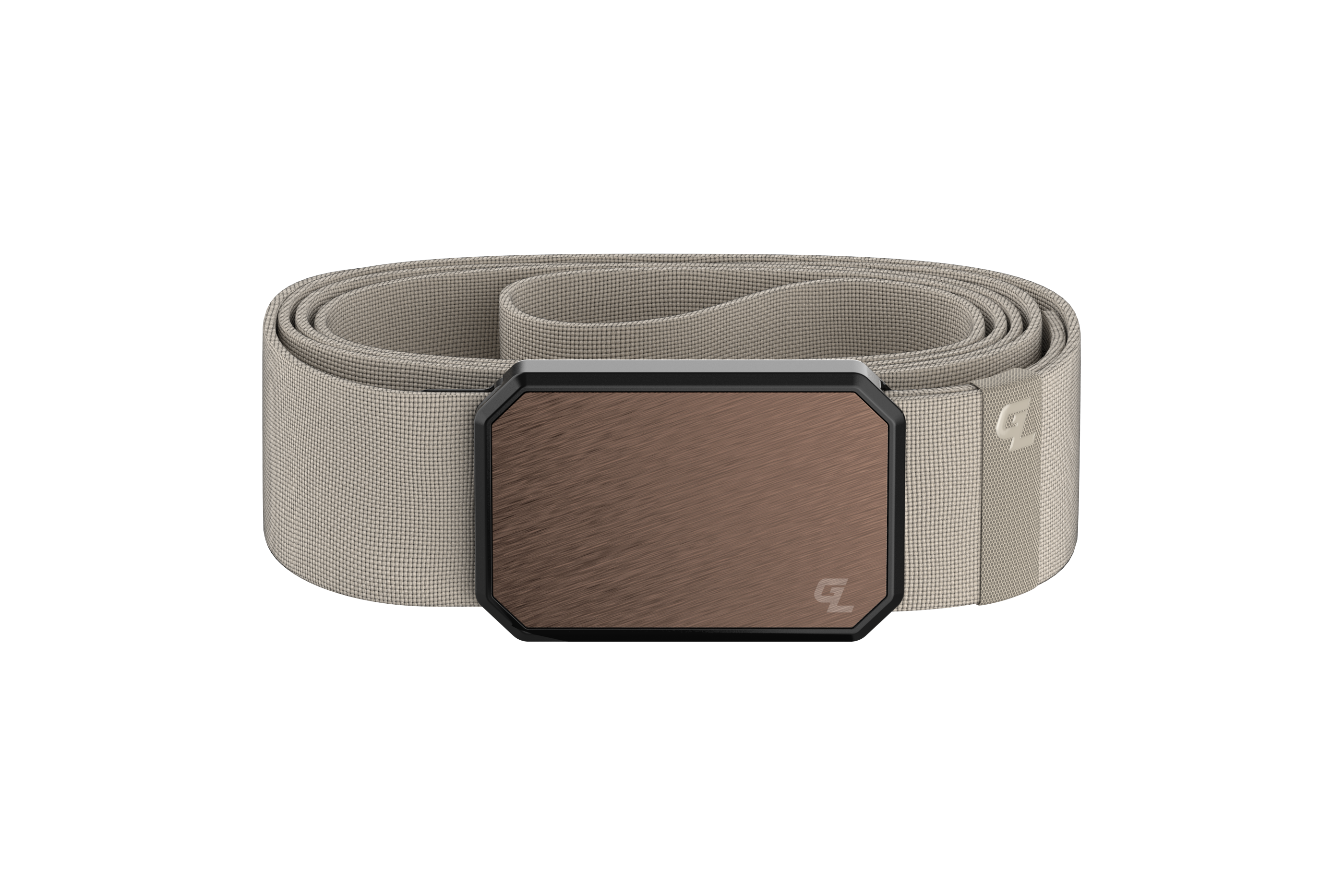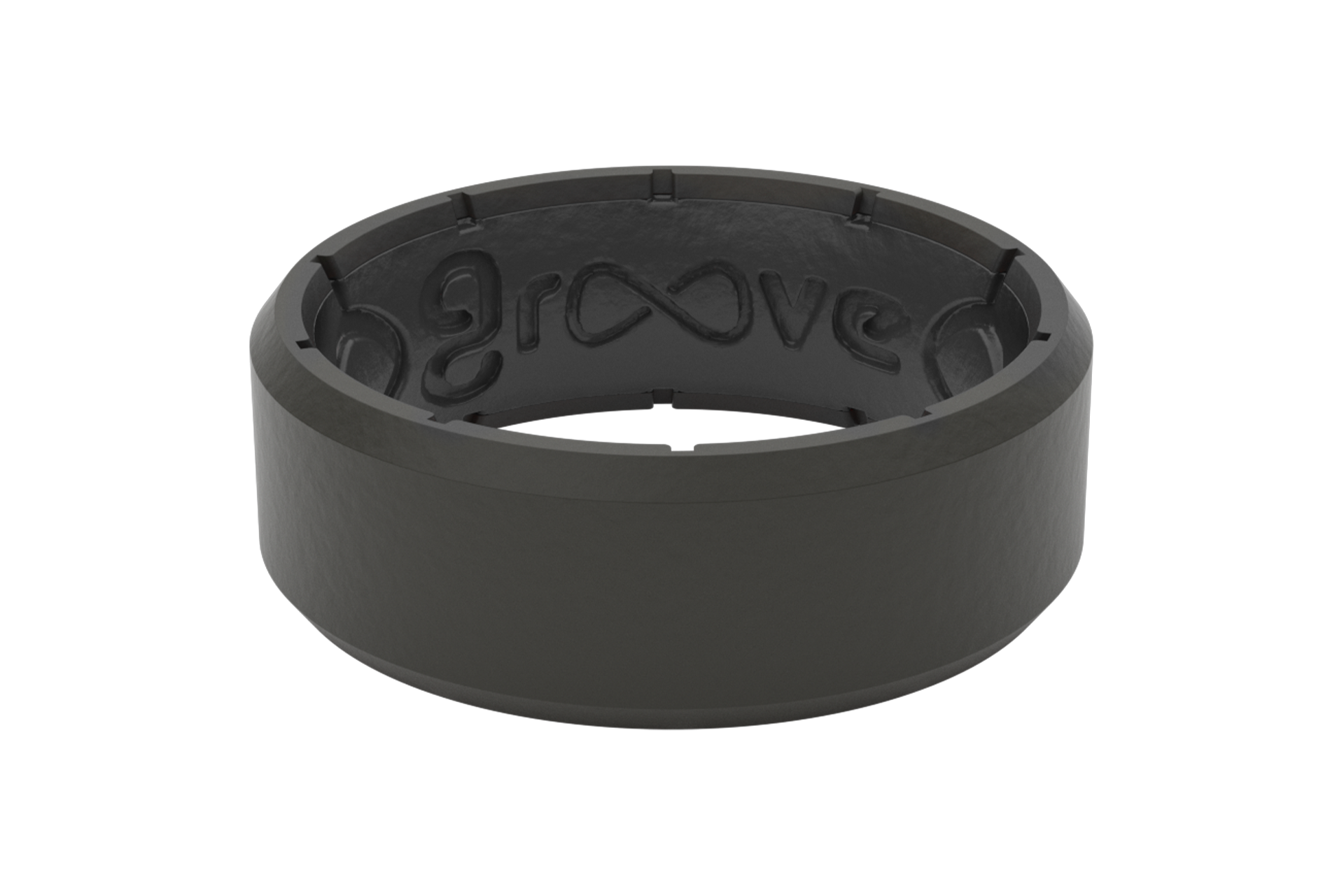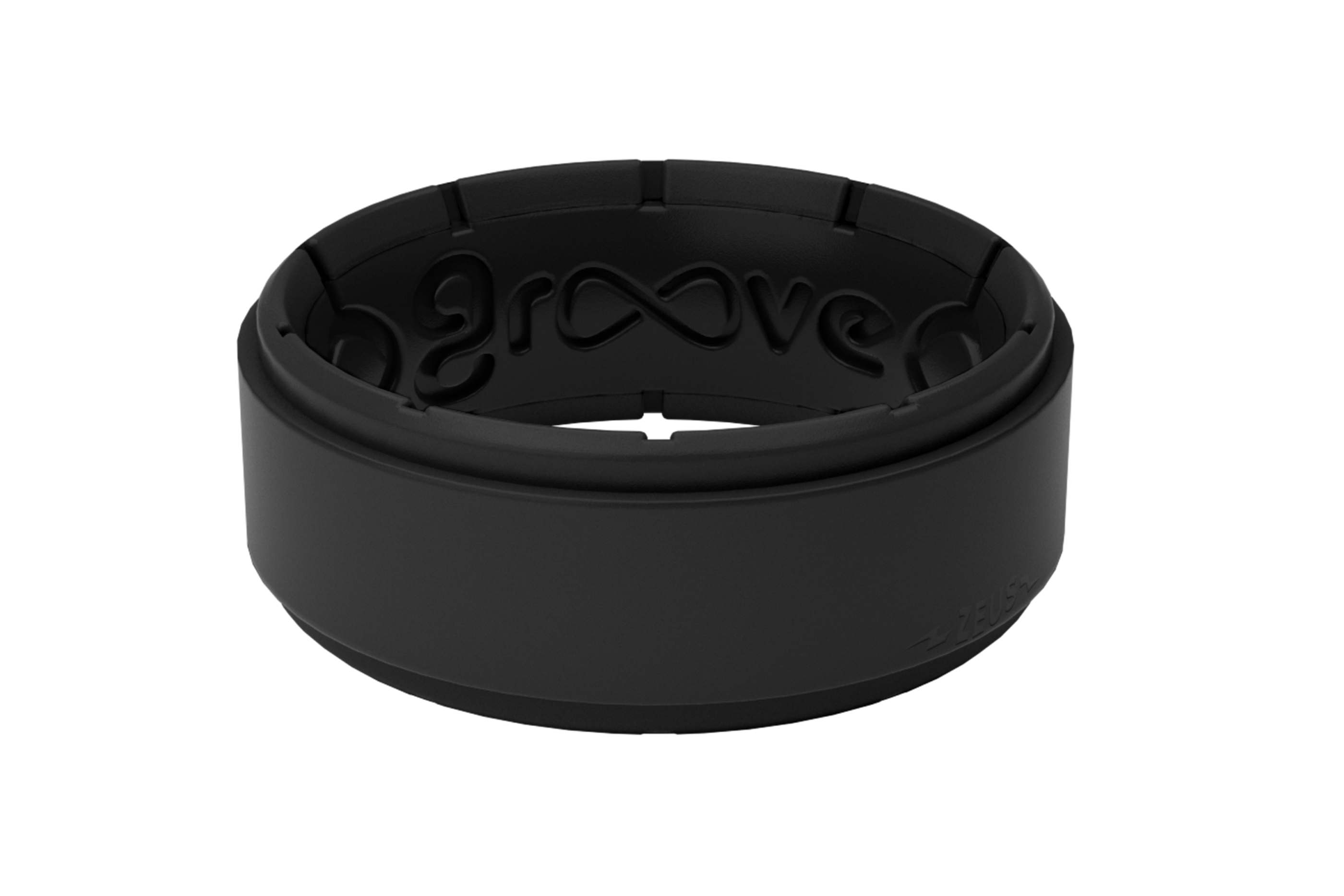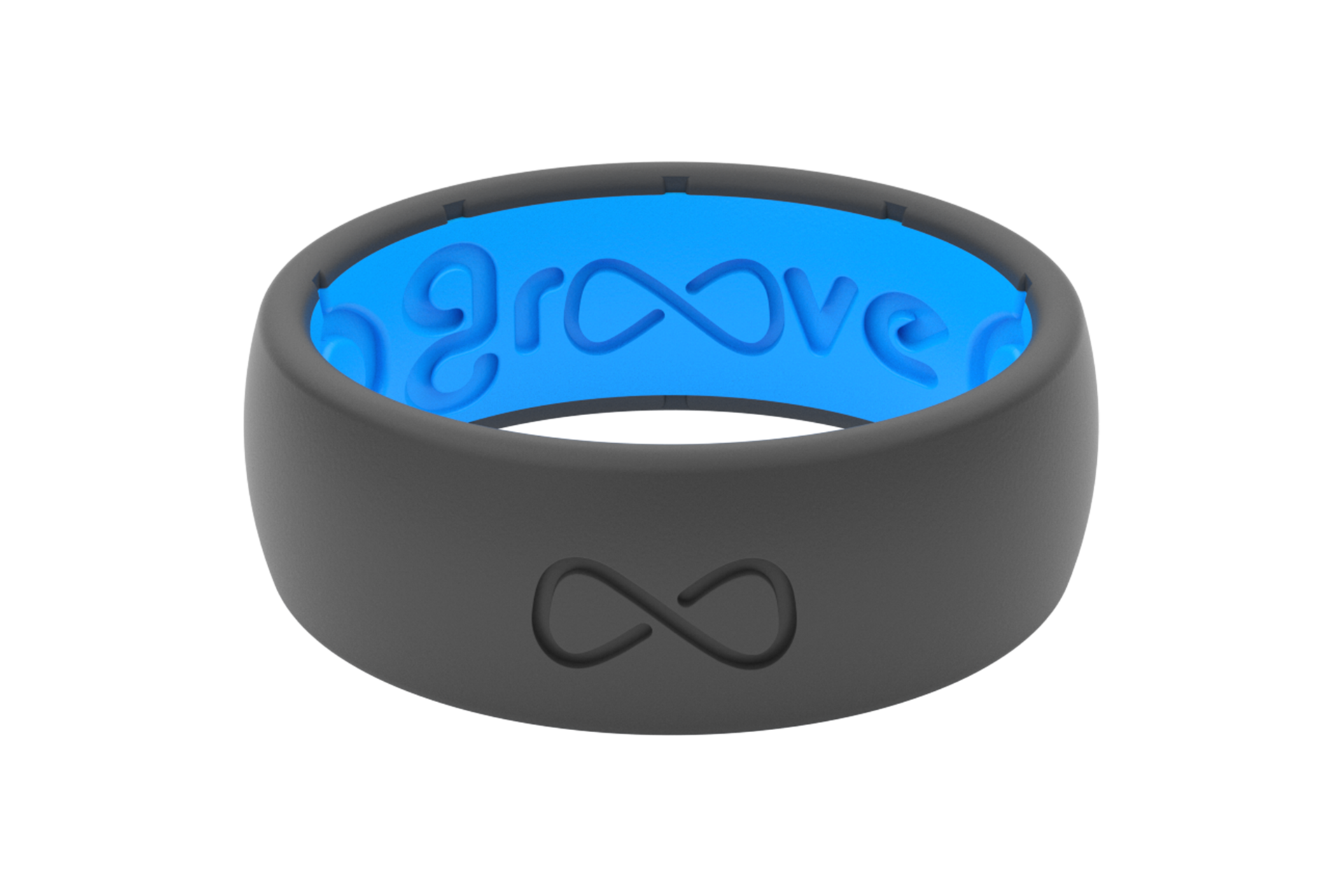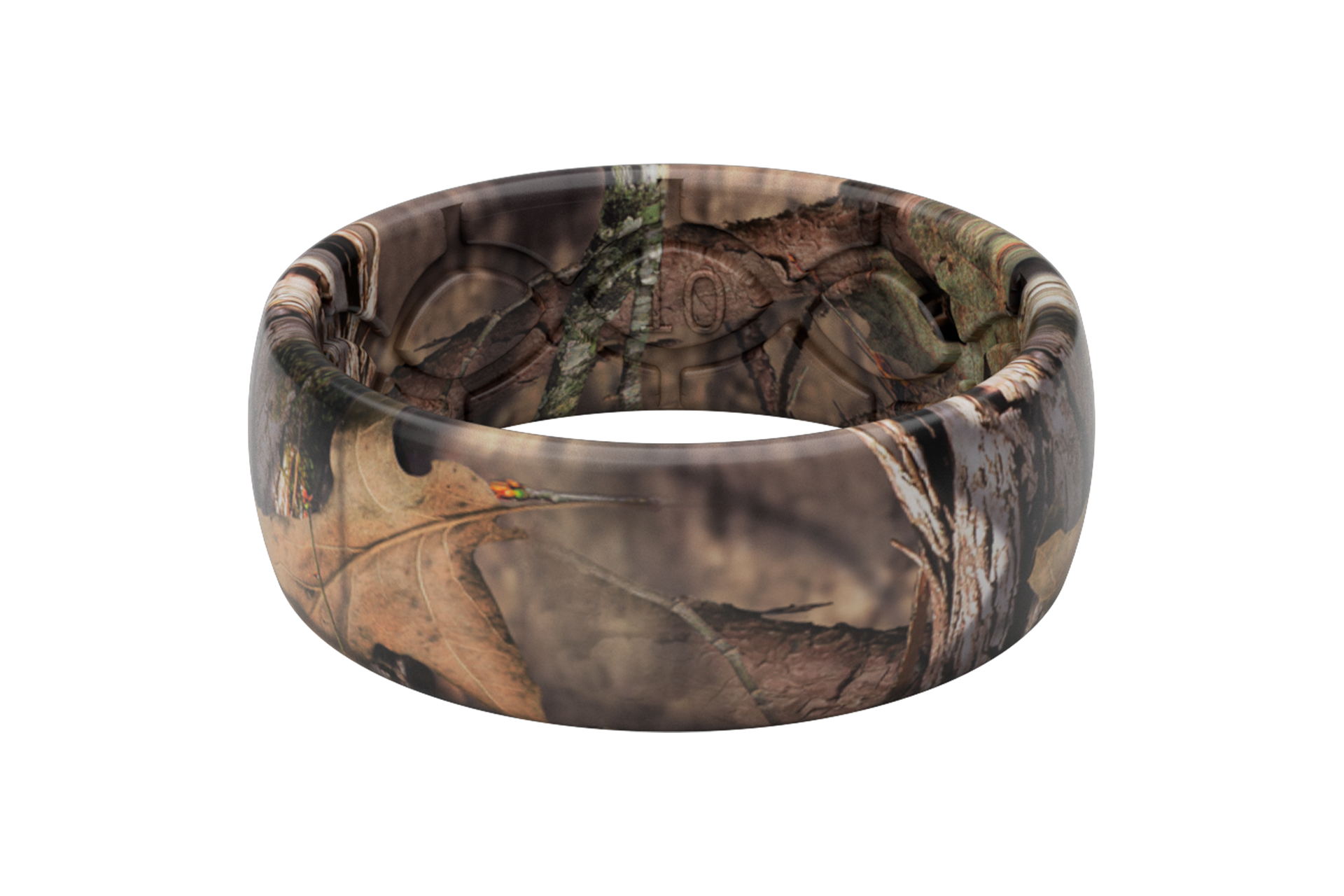Hit the Trails Prepared: A Complete Checklist for Your Day Hike
Ready to hit the trails for an awesome day hike? We know the excitement of getting out there, breathing in that fresh air, and soaking up nature's beauty. But hold up a sec, before you lace up those boots, let's talk about what to take on a day hike.
You know what can turn a fantastic hike into a not-so-great experience? Forgetting something important. Been there, done that, and trust us, it's no fun realizing you left your water bottle at home when you're halfway up a mountain.
That's why we’re stoked to share this day hike checklist with you. It’ll help ensure you've got everything you need for an epic adventure.
In this article, we’ll review a list of what hiking essentials you need to pack in your day pack.
Essential Gear for Day Hiking
Let’s talk about hiking gear. You want to be prepared, but you don't wanna feel like you're lugging your entire house on your back, right?
First things first – water. Can't stress this enough. Bring more than you think you'll need. A good rule of thumb is about a liter for every two hours of hiking. You will be thankful when you're not rationing sips halfway through your trek.
Footwear - Trail Shoes vs. Boots
Now, onto your feet. Your choice here can make or break your hike. Trail shoes or boots? Both are great, but it depends on what you're in the mood for.
Trail shoes are lightweight. Perfect for well-maintained trails and shorter hikes. They'll keep you nimble and your feet cool. But if you're tackling rocky terrain or carrying a heavier pack, hiking boots might be what you need. A proper hiking boot will give you more ankle support and protection against rocks. If you expect complex terrain or steep climbs, it may be a good idea to bring hiking poles for extra support.
Daypack Essentials
It’s time to pack for your day hike. Here's your can't-leave-home-without-it list:
-
Water (we covered that earlier)
-
Snacks (trail mix, energy bars, maybe a sandwich)
-
First-aid kit (keep it basic – bandages, antiseptic wipes, pain relievers)
-
Map and compass (yes, even if you have your phone)
-
Sun protection (sunscreen, hat, sunglasses)
-
Extra layer (weather can be sneaky)
-
Headlamp (in case your hike runs longer than planned)
Then, you need a solid belt to hold it all together. Something comfy, adjustable, and won't dig into your waist when you're wearing your pack. You need a hiking belt that is tough enough to handle whatever the trail throws at you.
The best gear for a day hike is the gear you actually use. So pack smart, and you'll be ready for an awesome day on the trails.
Clothing for Comfort and Protection
What you wear can make or break your hike. It's not about looking like you stepped out of an outdoor gear catalog. This is about comfort and protection.
First rule of hiking: check the weather forecast. But here's the thing – Mother Nature likes to throw curveballs. Weather conditions can change quickly so it's important to be prepared. So, that’s why you need layers to outsmart her.
Layering for Variable Conditions
Think of layers like a cake. When dressing up, you've got your base layer, insulation layer, and shell layer.
Base layer: This keeps you dry when you're huffing and puffing up that hill.
Insulation layer: A fleece or a light puffy jacket works great here.
Shell layer: Your armor against wind and rain. A lightweight, packable jacket is perfect.
Choosing the Right Materials
Cotton is comfy for Netflix binges but on the trail? It's a no-go. Once it gets wet, it stays wet. Opt for synthetic or wool instead. They wick sweat and dry fast.
And don't forget about your waist. A good belt is important for hiking. Get something stretchy, so it moves with you whether you're scrambling over rocks or bending to tie your shoe. Plus, it won't dig in when you're wearing your pack.
The goal is to be prepared for whatever the trail throws at you. With the right layers and materials, you'll be ready for sun, rain, or anything in between.
Navigating the Trail
How about not getting lost in the woods? Because, let's face it, nobody wants to star in their own personal "Blair Witch Project."
These days, we've got a ton of cool tech to help us stay on track. But here's the thing – relying solely on your phone is not the smartest move.
Using Tech Wisely
Don't get us wrong, smartphones are awesome. Apps like AllTrails or Gaia GPS can be super handy. They show you where you are, track your progress, and even work offline if you download the maps beforehand.
But bring a portable charger. Your phone's battery life can drop faster than your energy levels after that steep climb.
The Importance of a Physical Map
The good old-fashioned paper map is another friend you should take along when on a hiking trip. We know it's not as flashy as your phone, but hear us out.
Paper maps don't need batteries. They don't lose signal. And they give you a bird's eye view of the whole area. Plus, there's something satisfying about unfolding a map and plotting your course like an explorer.
Learning to read a map and use a compass might seem old school but it's a skill that can save your bacon if your tech decides to take a day off.
It’s simple. Use your phone for quick checks and tracking, but always have a physical map as backup. That way, you're covered no matter what.
Nutrition and Hydration on the Trail
You wouldn't go on a road trip without gas in the tank, right? Same deal with hiking – your body needs fuel to keep going.
What to Eat on a Hike
We’re not talking about packing a five-course meal here. Think lightweight, high-energy snacks that'll keep you powering up those hills. Trail mix is a classic for a reason – nuts, dried fruit, maybe some chocolate if you're feeling fancy. Energy bars are great too. Just pick the ones you actually like eating.
Pack more food than you think you'll need. Better to have extra than to be stuck on the trail with a rumbling tummy. After all, those granola bars you didn't eat will be there for your next hike.
Staying Hydrated
Water, water, water! Can't stress this enough when putting together your packing list for a day hike. A good rule of thumb is about half a liter per hour of moderate activity in moderate temperatures. But if it's hot or you're really pushing it, you might need more.
Water bottles or hydration packs? Both are great, it just depends on your style. Water bottles are simple and easy to refill. Hydration packs let you sip on the go without stopping.
Whatever you choose, make sure you're drinking regularly. Don't wait until you're thirsty – by then, you're already getting dehydrated. And if your pee looks like lemonade, drink more water.
Staying fed and hydrated isn't just about comfort. It's about safety too. You make better decisions when your body's happy. So eat up, drink up, and enjoy your hike.
Safety and Etiquette
We cannot stress the importance of safety on the trails. Because nobody wants to be that person who needs a rescue helicopter or leaves the trail looking like a dumpster.
First up, always let someone know where you're going and when you'll be back. It's your safety net – hopefully, you won't need it, but it's there just in case.
Now, about that whistle. It's not just for referees. Three short blasts are the universal distress signal. It's way louder than yelling and uses less energy.
Take along a bear spray if you are going on a hiking trip in bear country. It can save your life.
First Aid Preparedness
When going for a hiking trip, your first aid kit doesn't need to be as big as your backpack, but it should cover the basics. Bandages, antiseptic wipes, pain relievers, and any personal meds are must-haves.
Also, don’t just have the kit. Learn how to use what's in there. A first aid kit is only as good as your knowledge of how to use it.
Trail Etiquette
Don’t be a trail jerk. The golden rule? Leave No Trace. Pack it in, pack it out. That includes your apple core – it's not "natural" if it's not native to the area.
When it comes to the right of way, think of it like a trail traffic system. Uphill hikers have the right of way (they're working harder!). Hikers yield to horses, and everyone yields to wildlife.
And please, for the love of nature, don't blast your music on speakers. Some of us are out here to hear the birds, not your playlist.
We're all out here to enjoy nature. A little courtesy goes a long way in making sure everyone has a great time on the trail.
Gear Up and Hit the Trails with Confidence
We've covered everything from the packing list for a day hike to safety. Now, you know what to bring for a hiking trip.
Don’t forget, being prepared isn't about lugging half your house on your back. It's about smart packing that lets you focus on the beauty around you, not on blisters or a grumbling stomach.
Every hike is different, so tweak this checklist to fit your needs. Whether you’re on the Pacific Crest Trail or hiking in the Grand Canyon National Park, you will need to tailor your hiking packing list to the conditions around you. Maybe you need extra snacks because you're a foodie on the trail (no judging here), or perhaps you're hiking in an area where bug spray is a must. Make this hiking checklist your own.
While you're gearing up, check out the Groove Life collection. Our belts are perfect for hiking - comfy, adjustable, and tough enough to handle whatever the trail throws at you.
So what are you waiting for? Grab your gear, lace up those boots, and get out there. The trails are calling, and now you're ready to answer.


